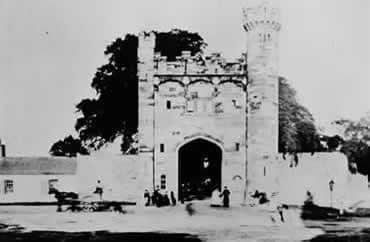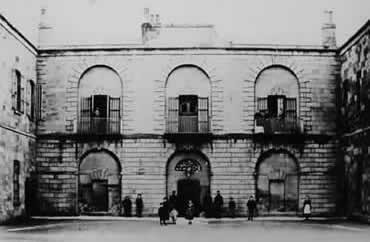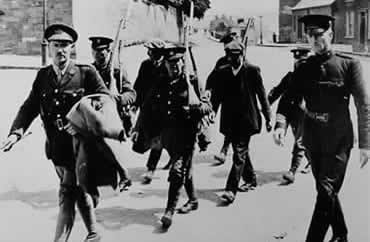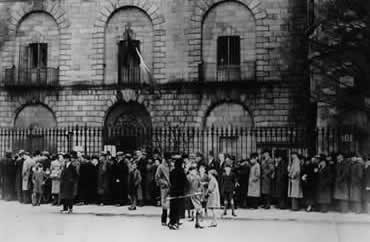
Our History
A 10 ft sign over the door boldly states:
“This old pub standeth on sacred ground surrounded by the high walls of the Royal Hospital Kilmainham, by the ancient cemetery of Bullys Acre & the dungeons of Kilmainham gaol – The Patriots Inn has been closer to the pulse of Irish history than any other contemporary pub“
Few would question this claim.
There’s been an Inn on the site since 1793 when the enterprising John Ward Senior felt that business would accrue to it from the Jail (opened 1792) and also from the Bullys Acre cemetery – grieving and drinking being two activities the Irish seem fond of engaging in simultaneously.
When John opened the Inn the World in 1793 was as interesting as it is now.
In America President George Washington was serving his second term.
Louis XVI of France was guillotined in January 1793 and his wife Marie Antoinette followed the same fate in October of that year.
King George III (Mad King George) was on the British throne – 1738 – 1820.
It was later discovered that he was suffered from popplynia delirium & paralysis – a genetic disease.
Catherine the Great – 1729 – 1796 was the Queen of Russia.
Back here in Ireland Theobald Wolfe Tone -1763 -1798 presented a petition in favour of Catholic Emancipation to King George III which succeeded
Catholics could now vote enter the legal profession and public office and also could bear arms and enter Trinity College for the first time
John’s son John junior took over the pub from his father and in 1856 sold it to Margaret Drummond.
Taking advantage of the Inn licence she could lodge relatives of those residing in the “Big House “ across the road
The Murray family bought the pub in 1898 and for the first time Guinness stout (in bottles only) was served here.
After the Irish Rebellion of 1916 the majority of the captured insurrectionists were interred in Kilmainham Gaol where the leaders were later shot
One of the most poignant executions was that of poet Joseph Plunkett.
He was married by candlelight just two hours before he was shot by firing squad.
Another leader Eamon de Valera was a prisoner here but escaped death because he was born in America.
He later became Ireland’s Prime Minister and President (He died in 1975)
The Jail was closed in 1922 after the Irish Civil War and again de Valera was interred but was the last prisoner to vacate it.
Kilmainham Gaol remained closed until 1966 (the 50th anniversary of the 1916 Rising) when it was opened as a shrine
In 1989 the Pub changed hands again and is owned by the same parties since.
The Pubs location in Kilmainham makes it an ideal stop for tourists exploring the areas many historical attractions.
After a guided tour of the Gaol tourists can unwind in the Pub soaking in the historical ambiance while enjoying a pint and a hearty Irish meal
A wide range of draught and bottled beers including craft beer is also available as is a cocktail list second to none.
We pride ourselves in having friendly welcoming and knowledgeable staff who will accommodate your every culinary need.
Daily fresh fish from the local fishmonger and hand cut chips plus home made burgers with fresh beef supplied daily by our local butcher are only two of the pubs firm favourites.
In conclusion The Patriots Inn is more than just a Pub
It’s a symbol of Ireland’s rich history and culture.
That historical significance coupled with its traditional decor live music (weekends) and delicious food make it a must visit destination for anyone visiting Dublin.
Whether you are a history buff, a Foodie or a tourist looking for an authentic Irish experience
Fáilte Roimh chách

Front Gate, Royal Hospital, 1862

Kilmainham Gaol, 1862

Republican prisoners being escorted to Kilmainham, 1916

Reopening of Kilmainham Gaol, Sunday March 27th 1938
